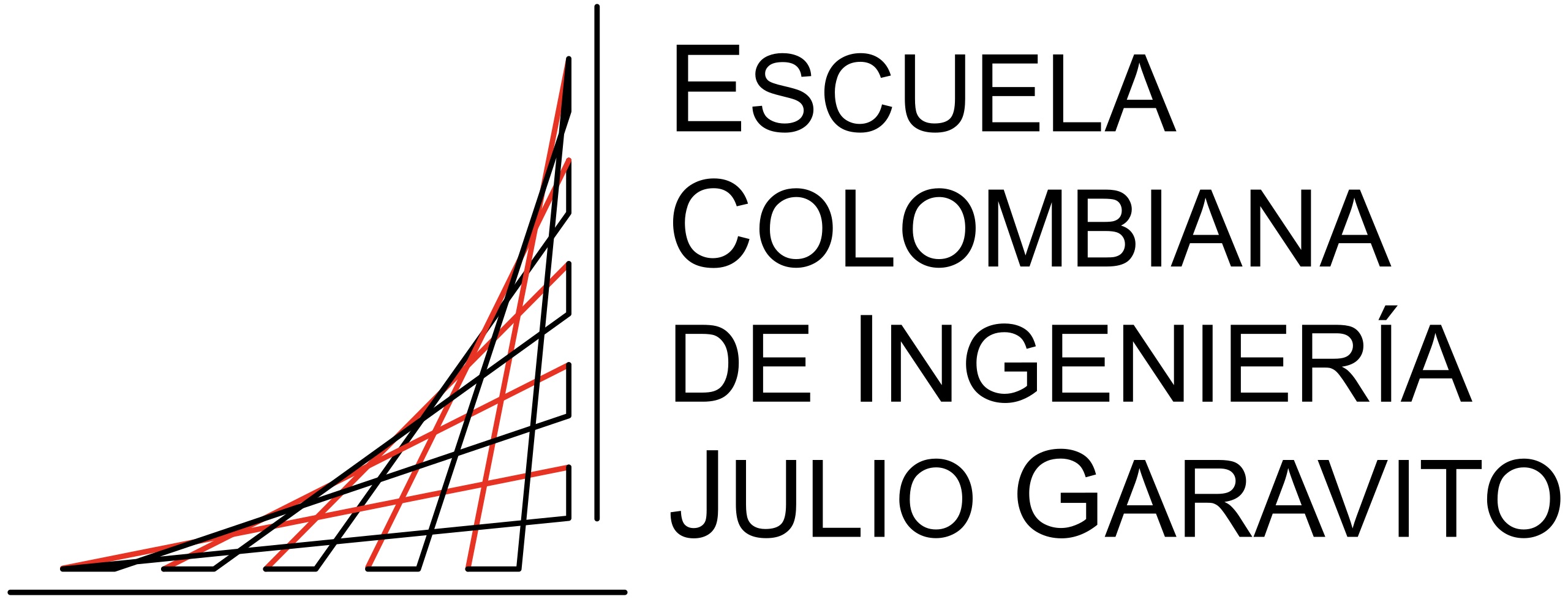Listar AM - Grupo de Investigación en Estructuras y Materiales por fecha de publicación
Mostrando ítems 1-20 de 82
-
Análisis de estructuras
(Universidad de los AndesBogotá, Colombia., 1991) -
Microcomputadores en ingeniería estructural
(Ecoe EdicionesUniversidad Nacional de ColombiaBogotá, Colombia., 1995)El impresionante desarrollo de las computadoras personales ha causado un impacto profundo en los procedimientos de análisis y diseños de estructuras. Si bien esto ha facilitado enormemente su cálculo mediante el uso de ... -
Los puentes metálicos: su historia y la experiencia colombiana
(Escuela Colombiana de Ingeniería Julio GaravitoBogotá, Colombia., 1996) -
Comentarios al Título B-Cargas de las Normas colombianas de diseño y construcción sismo resistente, NSR-98
(Universidad Nacional de ColombiaColombia, 1997-09-01)Las Normas colombianas de diseño y construcción sismoresistente, NSR-98 (Ref.1), en virtud de la Ley 400 de 1997 y del Decreto 33 de 1998, reemplazaron al Código Colombiano de Construcciones Sismorresistentes (Decreto 1400 ... -
Vibraciones en entrepisos
(Universidad Escuela Colombiana de Ingeniería Julio GaravitoColombia, 1999)Se plantea el efecto adverso de las vibraciones en el comportamiento de entrepisos. Se describe en forma simplificada un criterio para el análisis de vibraciones en pisos en ambientes residenciales, de oficinas y comerciales. ... -
Análisis de estructuras
(Universidad Escuela Colombiana de Ingeniería Julio GaravitoBogotá, Colombia., 2000)Esta es la segunda edición revisada y actualizada de esta magnífica obra que trata los fundamentos de la teoría de estructuras y los métodos tradicionales para el análisis de todo tipo de estructuras reticulares, y el ... -
Modelos de microconcreto para la enseñanza del comportamiento de estructuras de hormigón reforzado.
(Universidad Escuela Colombiana de Ingeniería Julio GaravitoBogotá D.C., 2003)Para el ingeniero estructural es importante entender el comportamiento de las estructuras ante las diversas solicitaciones a que se ven sometidas. En el caso del hormigón reforzado, este se puede lograr de manera económica ... -
Resistencia a tensión de perfiles omega de lámina delgada, formados en frío
(Universidad Escuela Colombiana de Ingeniería Julio GaravitoBogotá, 2004)La construcción con perfiles de acero formado en frío constituye hoy en día el renglón de más rápido crecimiento en el campo de las construcciones de acero. Su versatilidad, posibilidad de uso múltiple, resistencia, ... -
Resistencia a compresión de columnas tubulares hechas con perfiles omega de lámina delgada, formados en frío
(Universidad Escuela Colombiana de Ingeniería Julio GaravitoBogotá, 2004)La construcción con perfiles de acero formados en frío constituye hoy en día el renglón de más rápido crecimiento en el campo de las construcciones de acero. Su versatilidad, posibilidad de uso múltiple, resistencia, ... -
Modelos estructurales: Gran incentivo para aprender el comportamiento estructural
(ACOFI (Asociación Colombiana de Facultades de Ingeniería)Bogotá, Colombia., 2005)Aciem frente a los exámenes de calidad de la Educación Superior - ECAES de Ingeniería. Algunos modelos de flexibilidad curricular en América Latina. Apertura de Ingeniería Química en la Universidad de Cartagena: innovación ... -
Tendencias mundiales en ciencia y tecnología de los materiales
(Universidad Escuela Colombiana de Ingeniería Julio GaravitoBogotá, 2005)Como parte de la programación de la decimocuarta versión de ECIciencia, la Revista de la Escuela organizó una mesa redonda sobre un tema de mucha actualidad. Para ello invitó a tres distinguidos investigadores y profesores ... -
Three-dimensional shape analysis of coarse aggregates: New techniques for and preliminary results on several different coarse aggregates and reference rocks
(ElSevierEstados Unidos, 2006)The shape of aggregates used in concrete is an important parameter that helps determine many concrete properties, especially the rheology of fresh concrete and early-age mechanical properties. This paper discusses the ... -
Concrete Mixtures with High Microfines
(American Concrete InstituteEstados Unidos, 2006)Two projects were performed to evaluate the effect of the amount and type of microfines (material passing the No. 200 sieve), as well as the effect of shape, texture, and grading of aggregates on concrete behavior. In the ... -
Rehabilitación sísmica de muros de adobe de edificaciones monumentales mediante tensores de acero
(Pontificia Universidad JaverianaColombia, 2007)Entre el año 2001 y el año 2003 el Grupo de Investigación en Materiales y Estructuras, grime, llevó a cabo una investigación exhaustiva de los sistemas constructivos de los monumentos históricos de los Andes colombianos ... -
Análisis de modelos físicos de zapatas aisladas sobre resortes para estudios de interacción suelo estructura
(Universidad Escuela Colombiana de Ingeniería Julio GaravitoIngeniería CivilBogotáEspecialización en Estructuras, 2009)Los medios para el diseño de estructuras utilizadas hoy día son programas computacionales basados en expresiones matemáticas en los cuales se puede modelar la estructura y de igual forma la cimentación para obtener resultados ... -
Modelo de un grado de libertad para evaluar la curva carga lateral-distorsión en muros de mampostería confinada
(México, 2010)Este artículo presenta un modelo simple para evaluar la curva de carga lateral-distorsión en ensayes de muros de mampostería confinada. El modelo propone sustituir la mampostería por un elemento resorte, cuyas propiedades ... -
Using spent fluid catalytic cracking (FCC) catalyst as pozzolanic addition - a review
(Universidad Nacional de ColombiaColombia, 2010)El catalizador gastado de craqueo catalítico (FCC) es un residuo procedente de las unidades de ruptura catalítica en lecho fluido de la industria del petróleo. Este residuo está conformado principalmente por un componente ... -
Protección contra el fuego en estructuras de acero: panorama internacional y situación en Colombia
(Universidad Escuela Colombiana de Ingeniería Julio GaravitoIngeniería CivilBogotáEspecialización en Estructuras, 2010)En la economía actual de Colombia ha tomado gran importancia en el campo de la construcción de obras civiles, construyéndose éste como un de sus principales motores de desarrollo. Se ha observado en nuestro medio un repinte ... -
Carbonatación en puentes y edificaciones de Bogotá
(Universidad Escuela Colombiana de Ingeniería Julio GaravitoBogotá, 2010)Se presentan y analizan los resultados de dos proyectos de grado de la Especialización en Estructuras de la Escuela Colombiana de Ingeniería, en los que se recopiló la información sobre carbonatación en edificios y puentes ... -
Agregados con alto contenido de finos
(Universidad Escuela Colombiana de Ingeniería Julio GaravitoIngeniería CivilBogotáEspecialización en Estructuras, 2010)El presente proyecto de investigación pretende examinar el comportamiento físico y mecánico de las mezclas de concreto, mediante ensayos de resistencia y durabilidad. Luego de seleccionar los materiales a utilizar en ...









